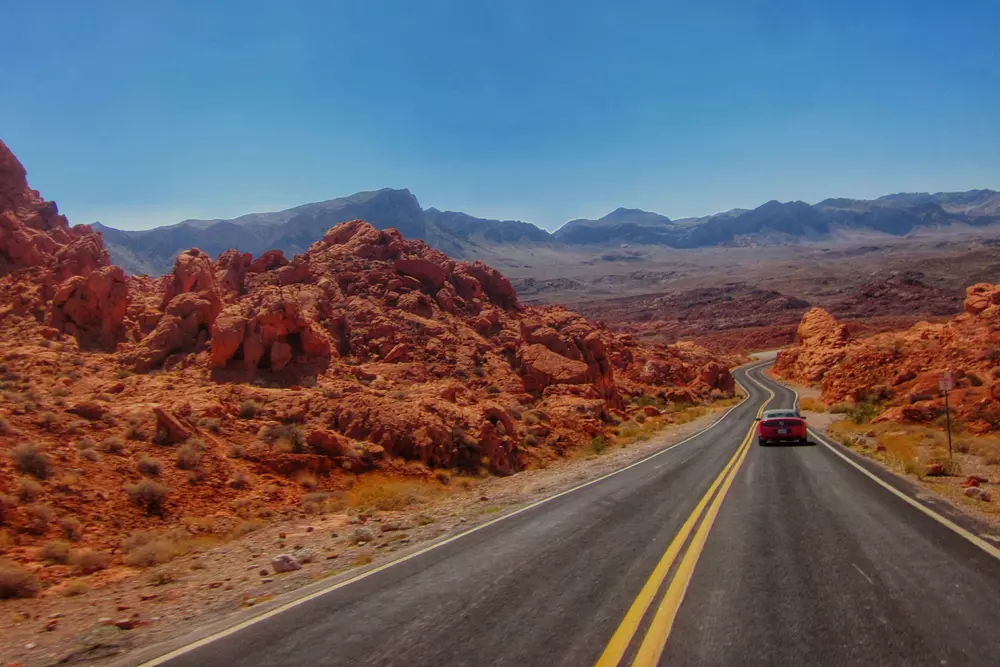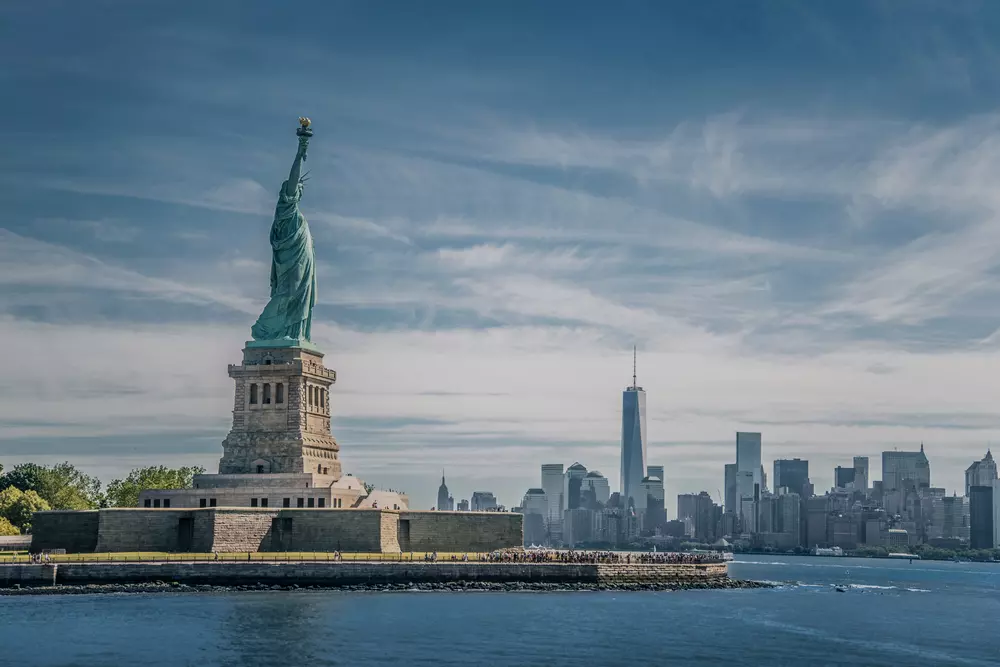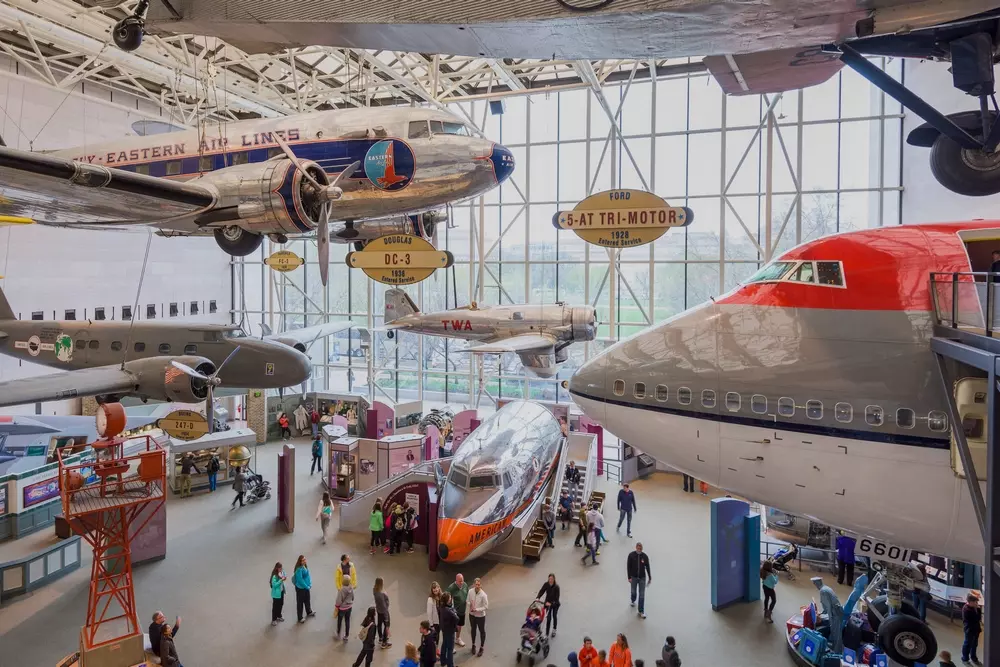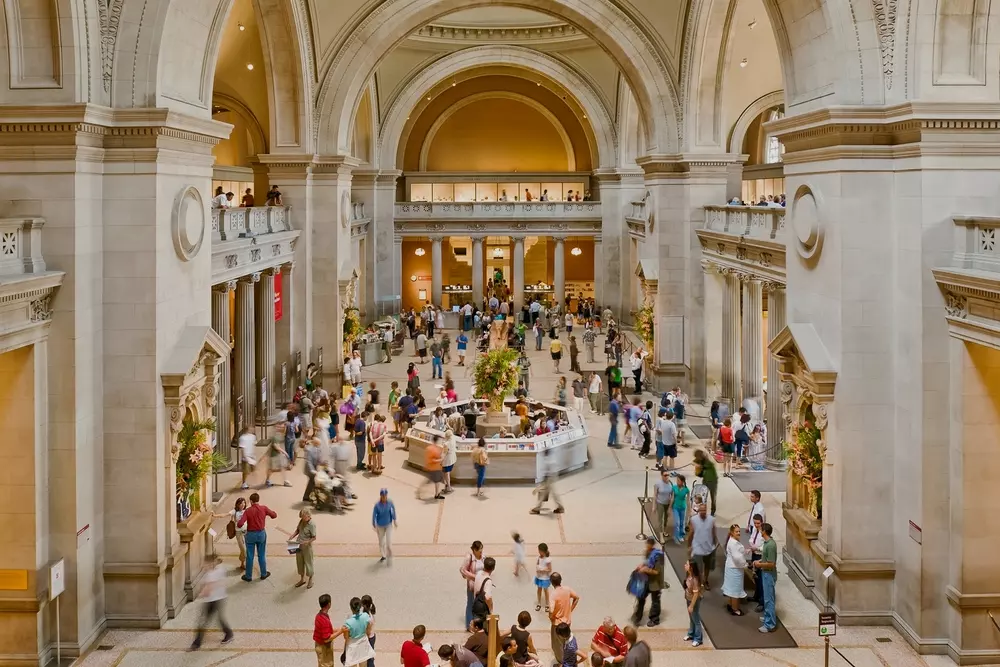Central Park is a vibrant oasis amid the metropolis and one of New Yorkers' favorite spots. If you haven't seen Central Park, you might as well say you've missed out on New York. It's so much more than just grass, trees, and bushes.
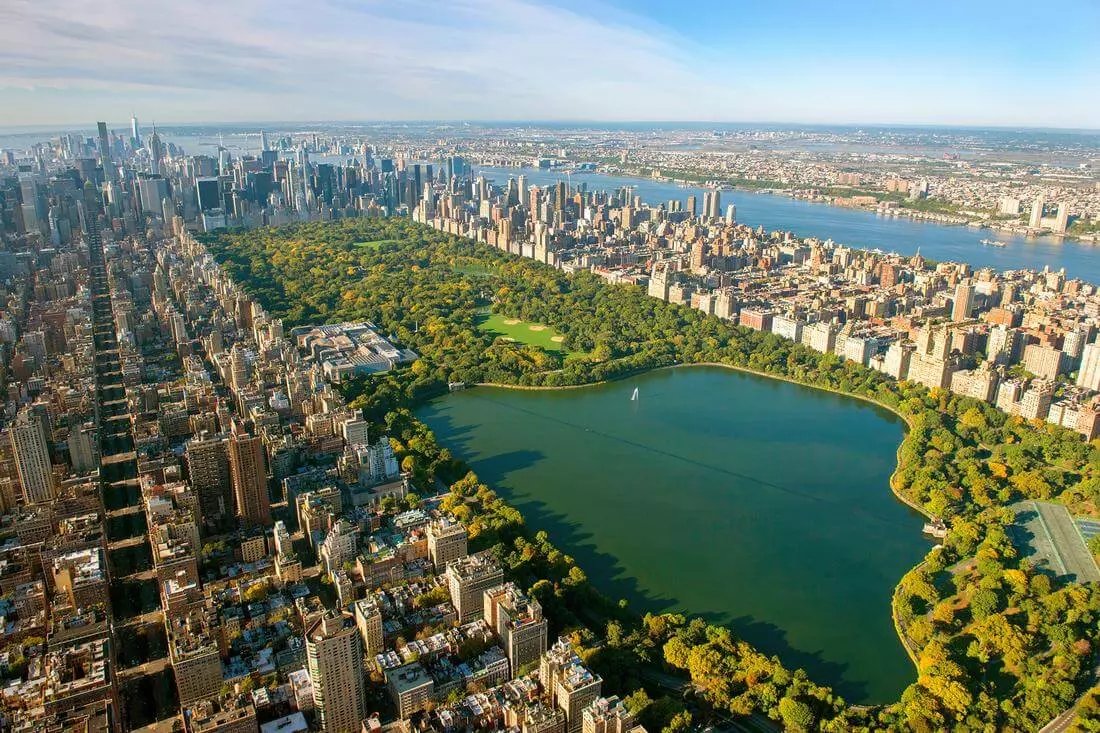
Central Park — green democracy
It should be noted that New York Central Park is neither the largest, the oldest, nor the most beautiful (according to its creators and many citizens). However, it is undeniably the most famous park in the world. What's the secret to its success? We believe it comes down to two aspects: its concept and its soul. Let's break it down.
New York quickly rose to become the financial center of first the United States and then the world. The population grew rapidly: from 1820 to 1850, it quadrupled. People flocked to New York not just for big money, but for a basic livelihood — construction, factories, and food service. A thriving city needed workers. But providing jobs wasn't enough; recreational spaces were also necessary. Without them, neighborhoods turned into grim, cramped ghettos, and people couldn't relax and feel in control of their lives. The existing parks, sports, and social clubs were "no-poor, no-black" zones, inaccessible to many.
So, the authorities decided to allocate land for the first public park between New York and Harlem, which at the time was a separate city. The location was chosen without much care — miles of hills and marshes, atop demolished immigrant barracks with terrible infrastructure. Yet, this did not prevent the creation of a park wonder.
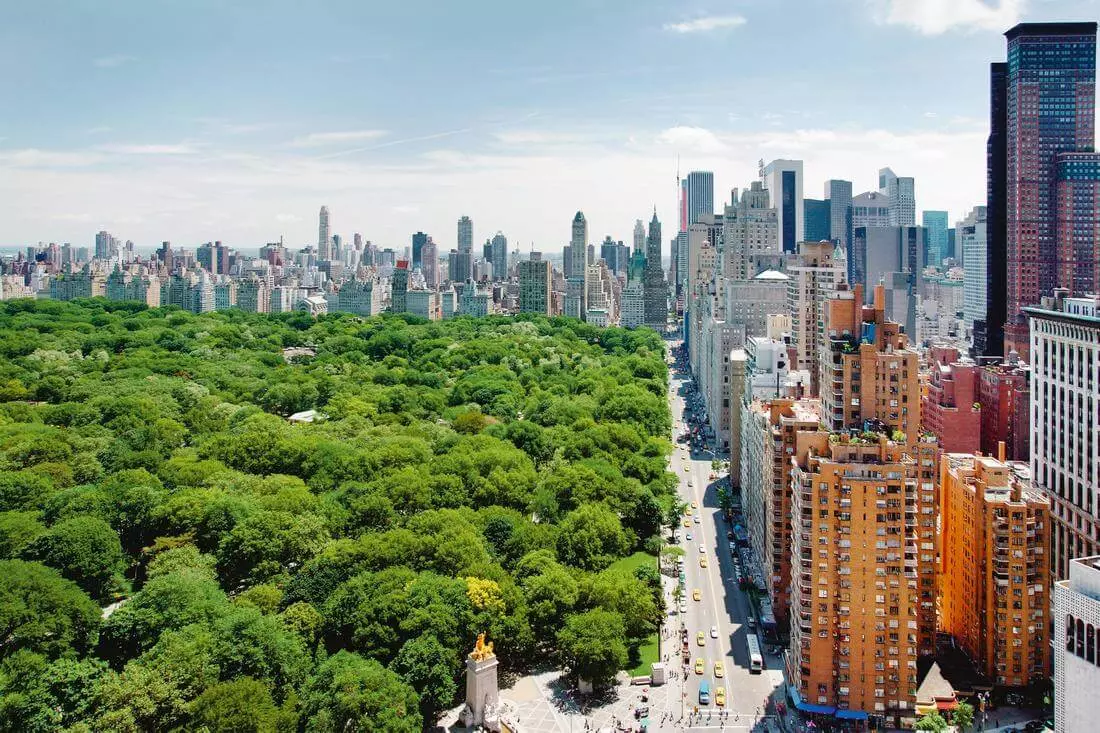
Wizards and creators of Central Park
Central Park was designed by two landscape architects, Calvert Vaux and Frederick Law Olmsted, both followers of the British school. Their design resembled a typical English garden, but with several important details.
- Firstly, the park featured unique transportation engineering for its time. Covering an area of 4 x 0.8 km², it could potentially complicate traffic in a developing city. To prevent this, four underground throughways were constructed. Within the park itself, circulation plans and paths for both pedestrians and horse-drawn carriages were thoughtfully designed. These paths often intersected, a design choice intended to naturally bring together the affluent with the common folk.
- Secondly, the landscapes themselves. The green plantings are arranged in such a way that many still believe they sprung up naturally, with people simply putting a fence around them. Lawns, trees, corners of "untouched wild nature," and ponds were all artificially created but with maximal realism. Moreover, the park was equipped with the first publicly accessible source of purified mineral water in the U.S., a crucial feature during times of unstable sanitary conditions.
- Thirdly, the amenities. The park offered its visitors numerous facilities: an ice rink, cafes, a boathouse, the Metropolitan Museum, sports and children's playgrounds, relaxation zones, a conservatory, and open-air theaters. These facilities were introduced over time, but they shared one unbreakable rule: entry was open to everyone, regardless of social status.
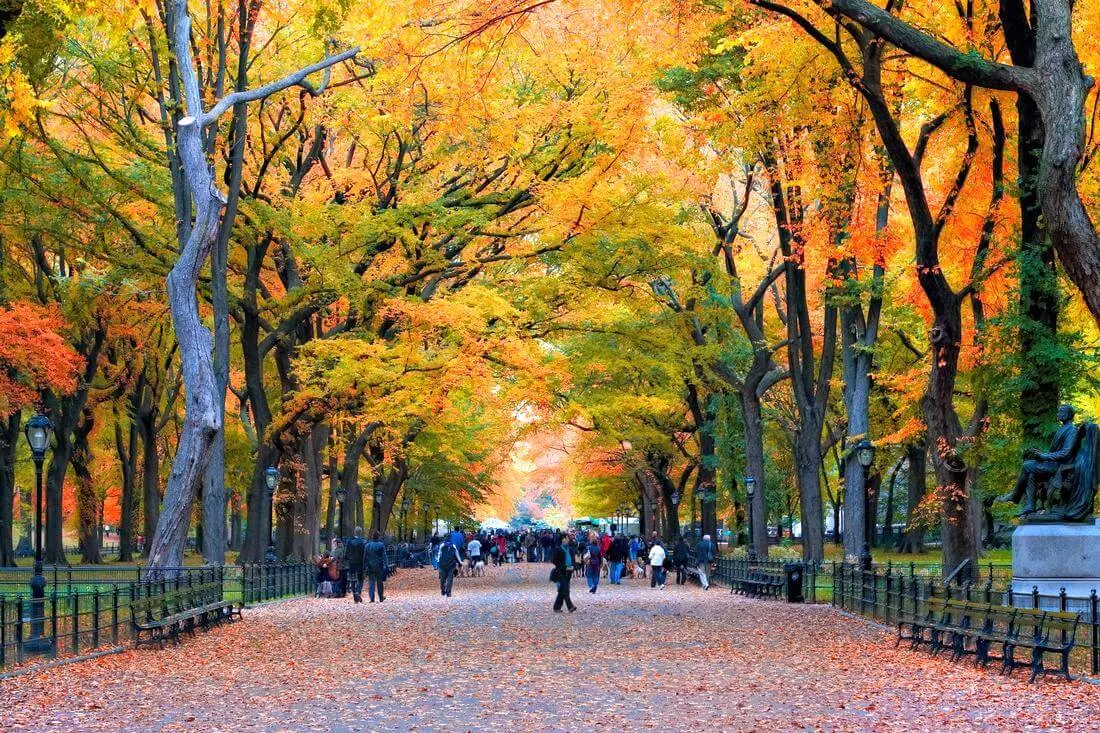
The revival of Central Park
Throughout its history, the park has been devastated multiple times. Due to lack of funding and changes in government, it was either completely neglected or replanted anew. The last straw came in the 1980s when community organizations took Central Park under their wing, transforming it from a desolate criminal spot into a thriving city garden.
For decades, the park was used by everyone without exception, so its restoration was a community effort — this idea was foundational in establishing the Central Park Conservancy. Regular police patrols were reinstated. The original landscape was restored by volunteers — ordinary New Yorkers eager to help the park. Almost all the facilities within the park were handed over to private owners by the state, allowing for a rapid restoration of all buildings and breathing new life into them.

Today, Central Park is a pleasure to behold — a neat, tranquil, and beautiful slice of nature right in the heart of the metropolis. Perhaps, this is a true example of democracy at its finest.
Do you want to go for a morning run with coffee in Central Park, feed the ducks in the pond, or simply lounge on the lawn in the heart of New York City? No problem, just contact us at American Butler!
























